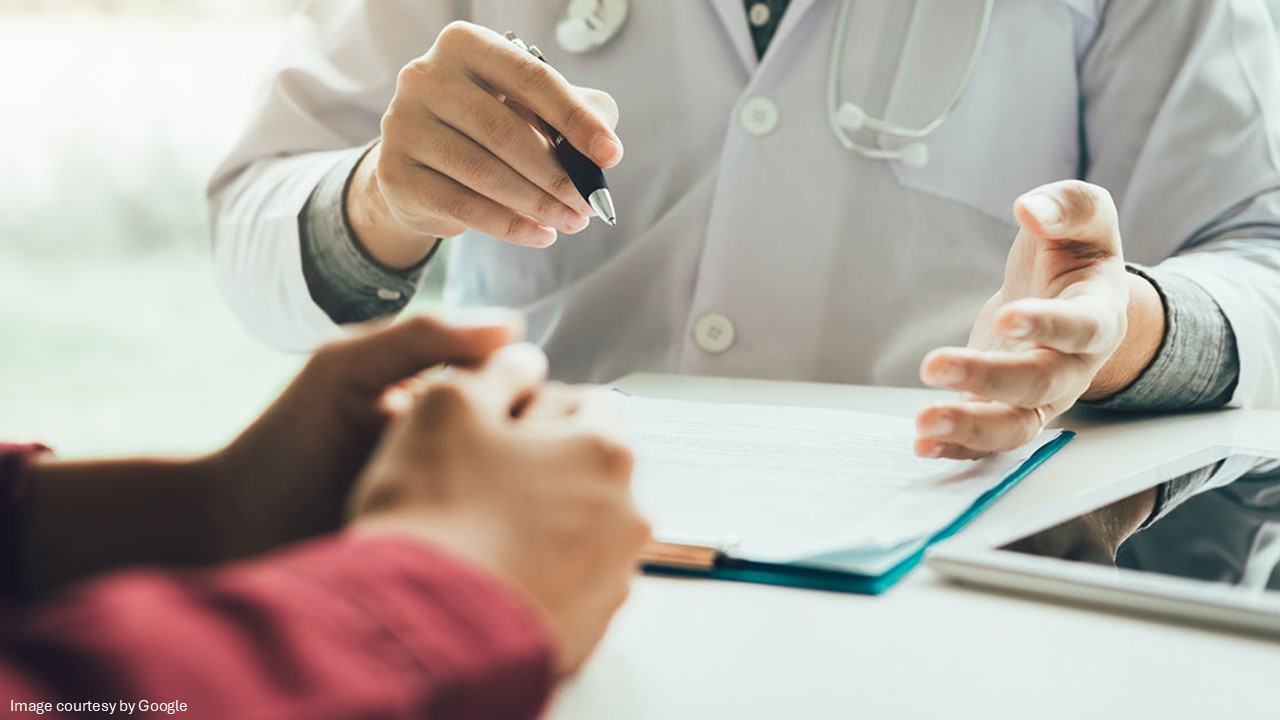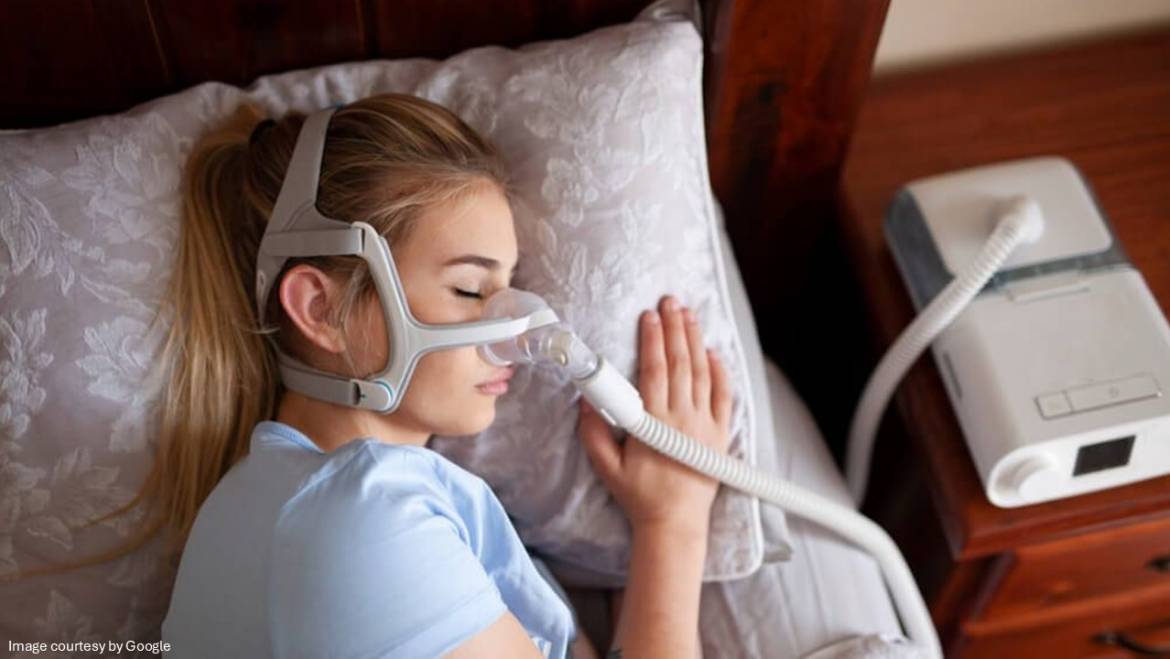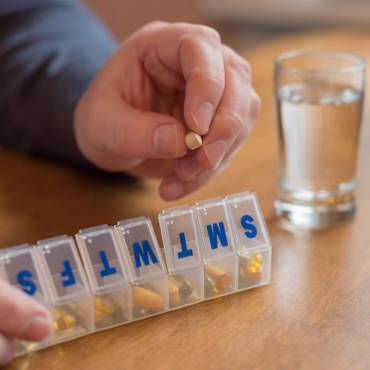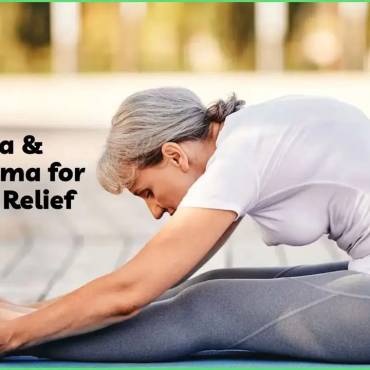Sleep apnea is a common disorder. This article will help you learn about sleep apnea symptoms and different treatments for sleep apnea cure. Sleep apnea is characterized by one or more pauses in breathing or superficial breaths when you sleep. These pauses in breathing can last from a few seconds to minutes. They occur at a frequency of thirty times or more per hour. Substantially, normal breathing is then restored with a loud snort or choking sound.
In sleep apnea, a person moves from a deep to a shallow sleep. It’s a chronic condition which hinders your sleep and renders it downscale. One of the dire symptoms of sleep apnea is excessive daytime sleepiness (EDS). Sleep apnea remedies may vary from person to person, considering the severity of the condition. Lifestyle changes, breathing devices, medication intake, specific treatments, and surgeries can help treat sleep apnea.
Sleep apnea diagnosis and signs of sleep apnea
Sleep apnea generally goes undiagnosed because it can’t be detected during routine visits to the doctor. Also, it can not be detected by testing blood samples, urine samples, etc. Most people don’t know that they are suffering from this condition as it occurs only during sleep, and its signs may be noticed for the first time by a family member or a bed partner.
Sleep apnea symptoms in women differ from those in men, and they may also have no obvious symptoms. Some common symptoms of sleep apnea in women include daytime sleepiness, headache, anxiety, waking up often, restlessness, night sweats, etc.

There are three types of sleep apnea:
- Obstructive sleep apnea – This is a severe sleep apnea in which breath stops and starts during sleep. The most common type of sleeping disorder is obstructive sleep apnea. Obstructive sleep apnea symptoms occur when your throat muscles intermittently relax and block your airway during sleep. This further results in lower oxygen levels in the body, to which the body responds by breaking the sleep.
Symptoms of sleep apnea are as follows:
-
-
- Loud snoring
- Headaches in the morning
- Waking up with a very dry or sore throat
- Poor sleep
- Sleepiness throughout the day
- Lack of energy
- Insomnia
- Lose of interest, forgetfulness, mood changes, etc.
-
Sleep apnea causes and risk factors:
-
-
- Obesity or excess fat deposition in the neck and throat
- An increase in age leads to loss of muscle definition, making them more prone to collapsing
- Enlarged tonsils or adenoids
- Frequent consumption of alcohol may relax the muscles to the extent of blocking
- Smoking can cause inflammation of the lungs, leading to fluid retention in the upper airways
-
Obstructive sleep apnea treatment:
-
-
- Oral appliances
- Tongue retaining mouthpieces
- Mandibular advancement devices
- Positive airway pressure (PAP) Therapy
- Bilevel positive airway pressure (BiPAP)
- Automatic positive airway pressure (APAP)
- Continuous positive airway pressure (CPAP)
- Sleep apnea surgery
- Nasal surgery
- Adenotonsillectomy
- Uvulopalatopharyngoplasty (UPPP)
- Maxillomandibular Advancement (MMA)
-
- Central sleep apnea –
It is not as common as obstructive sleep apnea. Obstructive sleep apnea is a mechanical problem, whereas central sleep apnea is more of a communication problem. In this condition, the brain temporarily fails to instruct the muscles responsible for controlling breathing.
Central sleep apnea symptoms:
-
-
- Irregular breathing during sleep
- Chronic exhaustion
- Poor sleep
- Awaking from sleep due to shortness of breath
- Snoring
- Mood changes, depression, etc.
-
Causes and risk factors:
-
-
- Men are more prone than women
- Parkinson’s disease
- Obesity
- Heart failure
- Intake of medications like narcotic painkillers, opioids, etc.
- Patient with a history of a brain tumour or stroke, atrial fibrillation, congestive heart failure, etc.
-
Central sleep apnea treatments are as follows:
-
- Continuous positive airway pressure (CPAP)
- Bilevel positive airway pressure (BPAP)
- Adaptive-servo ventilation (ASV)
- Medications such as acetazolamide and theophylline effectively stimulate breathing in people with central sleep apnea
- Mixed sleep apnea –
Mixed sleep apnea or treatment-emergent central sleep apnea is a condition in which both obstructive and central sleep apnea exist. As a result, symptoms of both conditions show up. Some patients being treated for obstructive sleep apnea with the use of CPAP machines tend to develop the symptoms of central sleep apnea when undergoing PAP therapy.
To date, there is no such treatment for mixed sleep apnea that cures it completely; however, some of the most opted treatments include:
-
- Continuous positive airway pressure (CPAP)
- Bilevel positive airway pressure (BPAP)
- Adaptive-servo ventilation (ASV)
Conclusion:
Sleep apnea is when you have pauses in breathing while you sleep. It causes daytime fatigue and degrades the quality of life. It is important to recognize sleep apnea symptoms and get appropriate treatment to cure it faster. Consult your doctor to discover sleep apnea solutions that best suit and benefit you.



